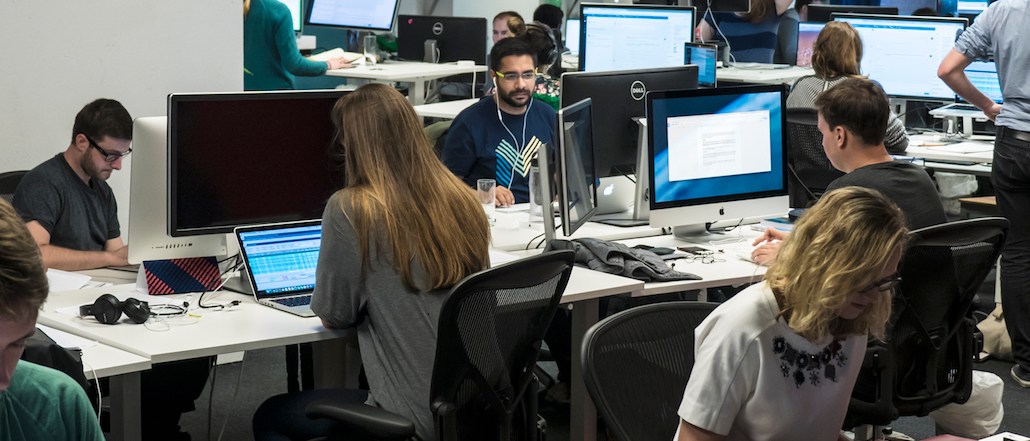How startup bank Monzo is using a community-based marketing approach

Monzo, a U.K. challenger bank, is a rare example of a financial services business that’s taking a grassroots approach to marketing.
The startup, still in test mode, has added 40,000 new users in under a year by taking a completely open approach to building a product that fits the needs of its customers, which it inevitably calls “Monzonauts.” For instance, Monzo users can submit their needs to an online forum or sound off on Twitter. The company has put its entire product roadmap online, where users can vote on features they’d like to see. For example, a Monzo app for Android devices. After getting 232 votes, this feature rolled out this week.
“Our passionate user base is the cornerstone of what we are doing here,” said Bailey Kursar, head of marketing at Monzo. “Our growth through word-of-mouth forced us to rethink our strategy completely.”
On its forum, which launched in December, users share tips on things like using a Monzo card abroad. The posts that generate the most discussion in its forum are also included at monthly meetings. The company asked the forum to vote on a name for its community. “Mondonauts” won out when the company was known as Mondo. It changed its name to Monzo, rechristening the community as Monzonauts.
“People in corporates roll their eyes when startups talk about values and vision, but the brands who succeed are those who can define that for the people on the journey with them,” said Kursar.
Referrals aren’t new. But they have given Monzo’s word-of-mouth tactics a turbo boost. When users download the app they are added to its waiting list. Those who refer a friend to the service with a unique code are bumped up the queue by 4,000 places.
Probably the best example of this is the campaign Monzo ran in June to find it a new name after the trademark “Mondo” was challenged by another company. The company contacted its 100,000-subscriber email list and put the word out on social media and through press contacts.
“What we wanted was to get everyone on that list to feel excited about it,” Kursar said. In 48 hours, its landing page received 12,000 submissions.
It also had 2,500 user photos submitted across its channels. “Too many than we would ever be able to use,” she said. Monzo used these photos in its social media campaign and later on paid ads on Facebook, where Kursar says they outperformed its usual creatives.
“We don’t want to become the kind of company where every campaign has 100 different iterations ending with something aggressive that says ‘download, download, download,'” she added.
More in Marketing

Pandora is betting on AI agents to scale service and emotional selling during the peak holiday season
Pandora is using AI agents to scale customer service and replicate emotional in-store selling online, just as peak season puts pressure on margins and teams.

Rembrand’s CEO wants to grow virtual ad placements in streaming, and he’s looking elsewhere for models
Omar Tawakol wants to improve advertising within the streaming world, and is working with advertisers and publishers to improve that experience.

Marketers are keen to use generative AI in ad campaigns, but hidden costs lurk
Marketers across the industry want to use AI to cut down on time spent in creative production. It’s not so simple in practice.





